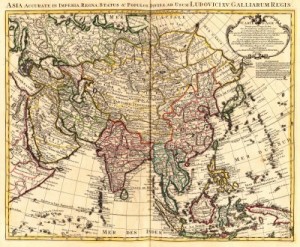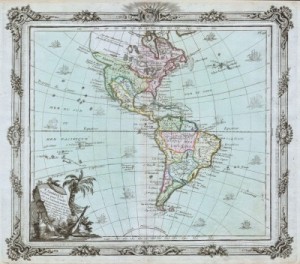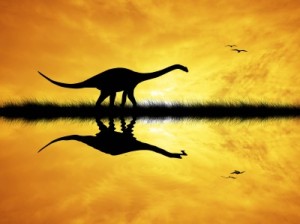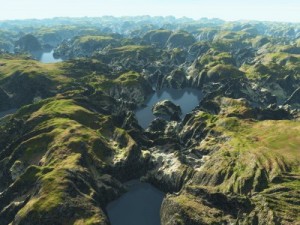
The lush Amazon River and surrounding rainforest in Brazil.
Data recently released by the Brazilian government confirms an increase in Amazon forest loss.
Brazil’s National Space Research Institute, INPE, updated data from its near-real-time deforestation tracking system, known as DETER. The system showed a near five-fold increase in forest loss during the month of May 2013 relative to a year earlier in May 2012, from 99 square kilometers (24,463.4 acres) to 465 sq km (114,904 acres) lost.
DETER shows that annual deforestation is 14 percent higher from 2,051 sq km (506,813,137,389 acres) lost in 2012 to 2,329 sq km (575,508,433,437 acres) disappearing today.
This time last year, deforestation was the lowest since annual record-keeping began in the late 1980s.
Fifty-nine percent of the clearing occurred in Mato Grosso, a state in the Southern Amazon where large-scale farms and cattle ranching drive most deforestation. It would be interesting to uncover which foreign corporations are involved in this increased deforestation in Mata Grosso.
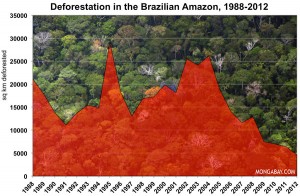
Chart showing the increase in deforestation in the Brazilian rainforest.
Deforestation On The Rise
INPE’s data was confirmed by Imazon, a Brazil-based NGO, which showed an 89 percent annual increase in deforestation from 2012 to 2013.
Between August 2011 and May 2012, INPE determined that 873 sq km (215,723 acres) of forests were lost to development, but between August 2012 and May 2013, 1,654 sq km (408,712,300,947 acres) were lost. Imazon uses the same data, but employs a different methodology for estimating change in forest cover.
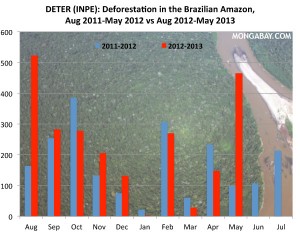
Chart showing the increase in deforestation in the Brazilian rainforest from 2011 to 2013.
Both near-real-time systems aren’t as accurate as the systems used for tracking annual deforestation, which is measured at the peak of the dry season each year when cloud cover is at a minimum. The shorter-term tools, which have relatively coarse resolution, are used mostly for alerting authorities on the location of forest clearing, rather than measuring changes in forest cover.
No matter what the figures say, deforestation has dramatically increased over the past year, and THAT purpose is to fulfill farming and cattle ranching for the benefit of countries outside of Brazil.
Original post from Dylan Charles/Waking Times
